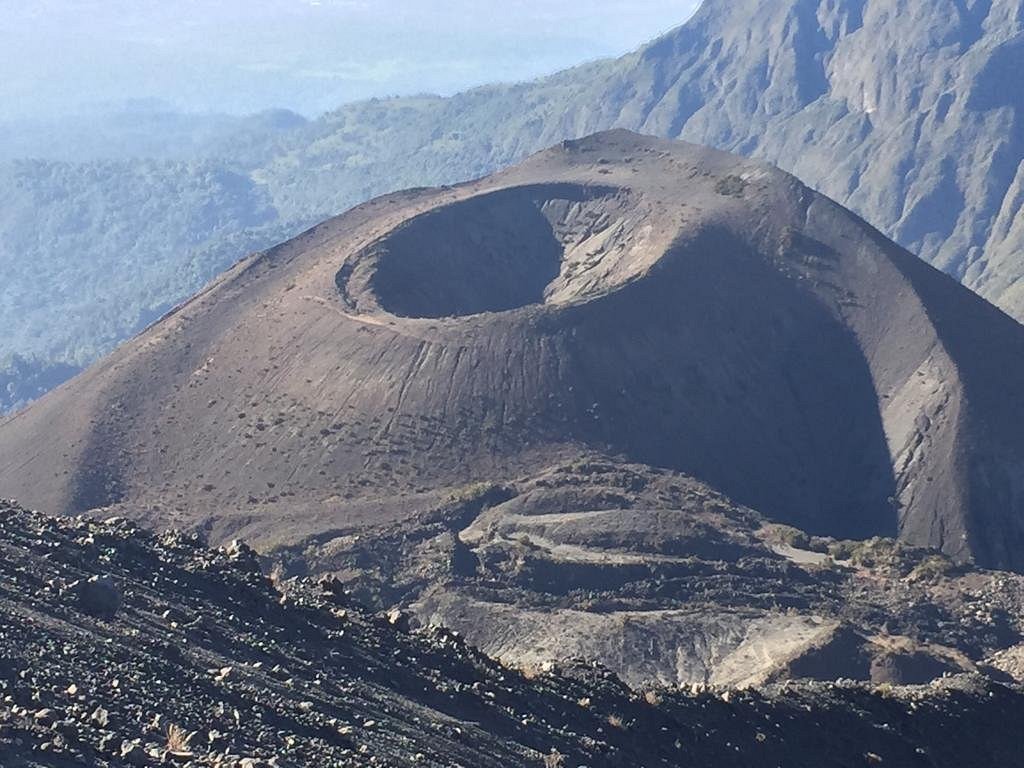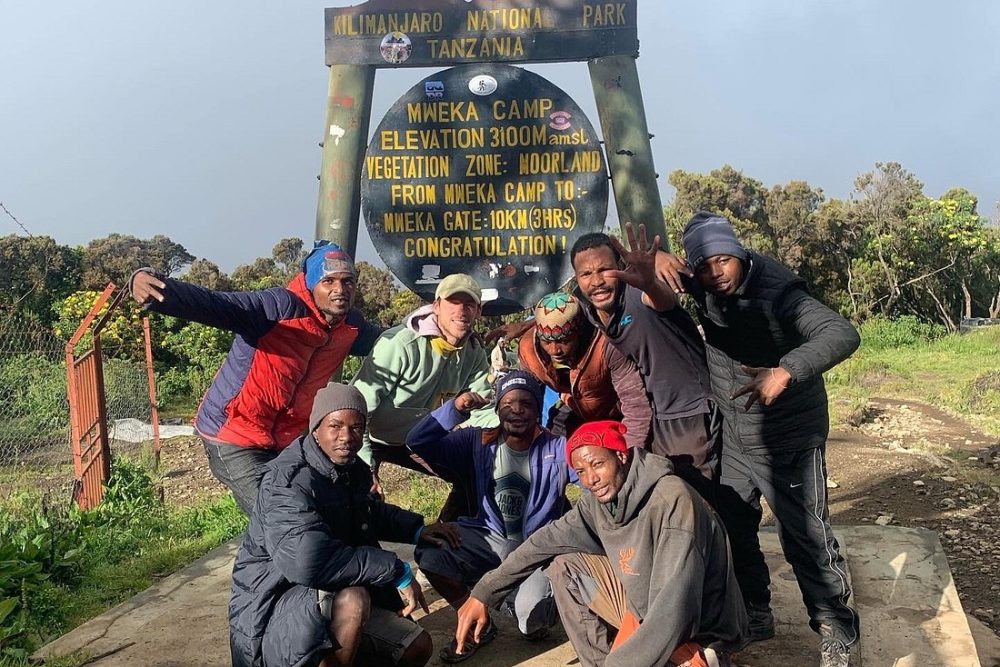Mountain Climbing
East Africa is a region renowned for its spectacular mountain ranges, offering some of the most iconic and challenging mountain climbing experiences in the world. The most notable mountains in this region are Mount Kilimanjaro in Tanzania and Mount Kenya in Kenya. Here’s an overview of mountain climbing in East Africa:
Mount Kilimanjaro (Tanzania):
Location: Located in northeastern Tanzania, near the border with Kenya.
Elevation: Standing at 5,895 meters (19,341 feet), Kilimanjaro is the highest mountain in Africa and the highest freestanding mountain on Earth.
Climbing Routes: There are several routes to climb Kilimanjaro, each offering different landscapes and difficulty levels. The most popular routes include Machame, Marangu, Lemosho, Rongai, and the more challenging Northern Circuit and Western Breach routes.
Mount Meru (Tanzania):
Location: Situated within Arusha National Park in Tanzania, approximately 70 kilometres (43 miles) west of Mount Kilimanjaro.
Elevation: Mount Meru stands at 4,562 meters (14,968 feet) above sea level.
Climbing Routes: The most common route to climb Mount Meru is the Momella Route. The ascent typically takes around 3 to 4 days and offers diverse landscapes, including lush forests, open grasslands, and rocky terrain. The summit of Mount Meru provides stunning views of Mount Kilimanjaro and the surrounding landscapes.
Mount Ol Doinyo Lengai (Tanzania):
Location: Located in the Great Rift Valley of northern Tanzania, near Lake Natron.
Elevation: Mount Ol Doinyo Lengai is an active stratovolcano and stands at an elevation of 2,878 meters (9,442 feet).
Climbing Route: The climb up Mount Ol Doinyo Lengai is unique because it involves trekking on the volcano’s steep and ash-covered slopes rather than traditional rock or ice climbing. The terrain is rugged, and the ascent can be physically demanding due to the loose ash and steep inclines.
Mount Kenya (Kenya):
Location: Situated in central Kenya, just south of the equator.
Elevation: Mount Kenya’s highest peak, Batian, reaches an elevation of 5,199 meters (17,057 feet), making it the second-highest mountain in Africa.
Climbing Routes: Mount Kenya offers several climbing routes, with the most popular being the Naro Moru, Sirimon, and Chogoria routes. Climbers have the option to reach Point Lenana (4,985 meters) for a challenging trek without technical climbing, or attempt the more technical peaks of Nelion and Batian.
Both Mount Kilimanjaro and Mount Kenya present unique challenges and breathtaking landscapes, attracting climbers from all over the world. The ascent of these mountains doesn’t require any technical mountaineering skills, but climbers should be physically fit and acclimatize properly due to the high altitudes involved.
Mount Meru is often considered a warm-up trek for climbers planning to conquer Mount Kilimanjaro. It is a challenging climb that requires a good level of fitness and acclimatization but offers a rewarding experience, making it a popular choice for adventure seekers.
Mount Ol Doinyo Lengai is culturally significant to the local Maasai people, who consider it a sacred mountain. It is one of the few volcanoes in the world that emits tetracarbonate lava, a type of lava that appears black in the daytime but appears to glow at night.
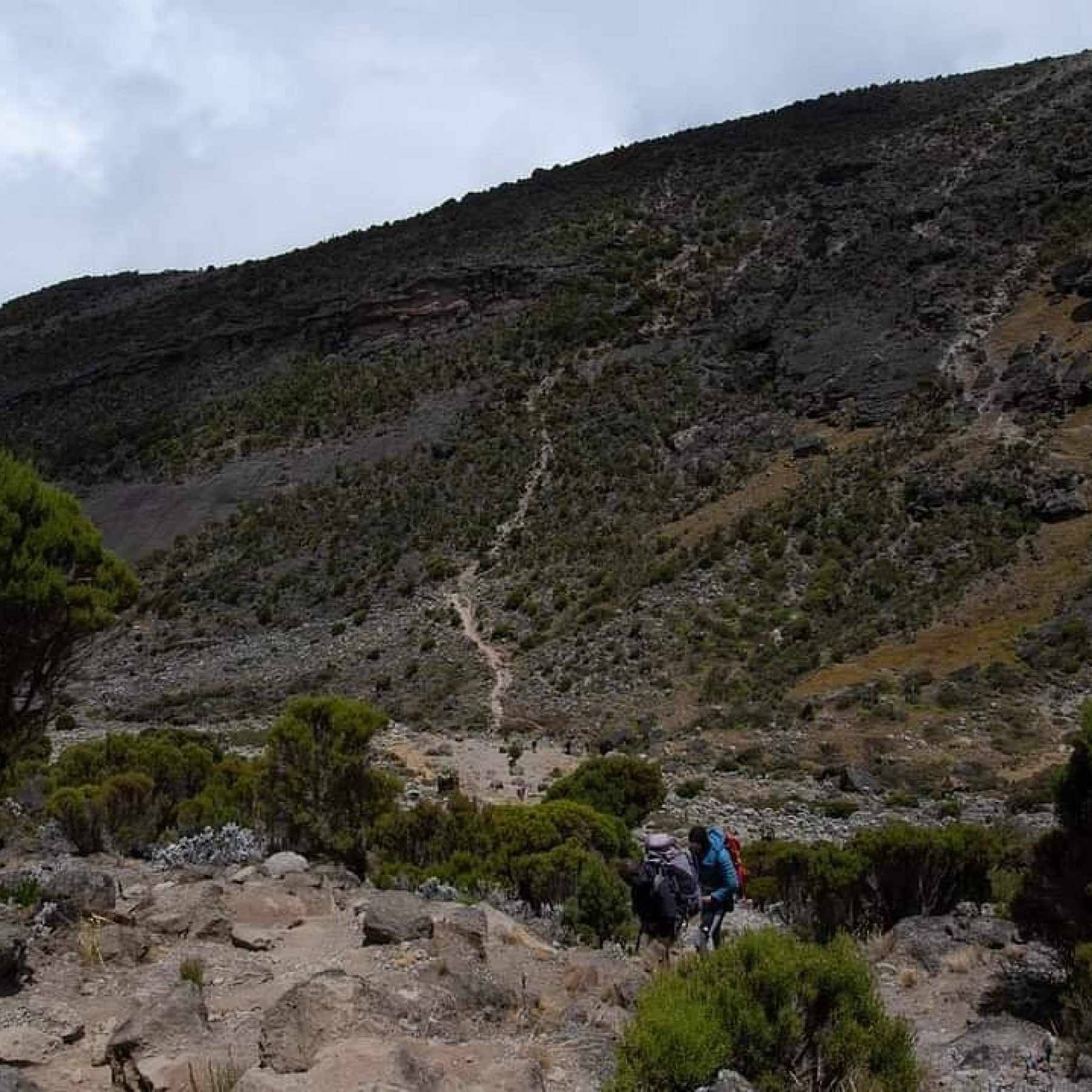
Our Best Trekking Packages

Mount Kenya is Africa’s second highest mountain at 5,199m (17,058 feet) and the highest of all Kenya Mountains.
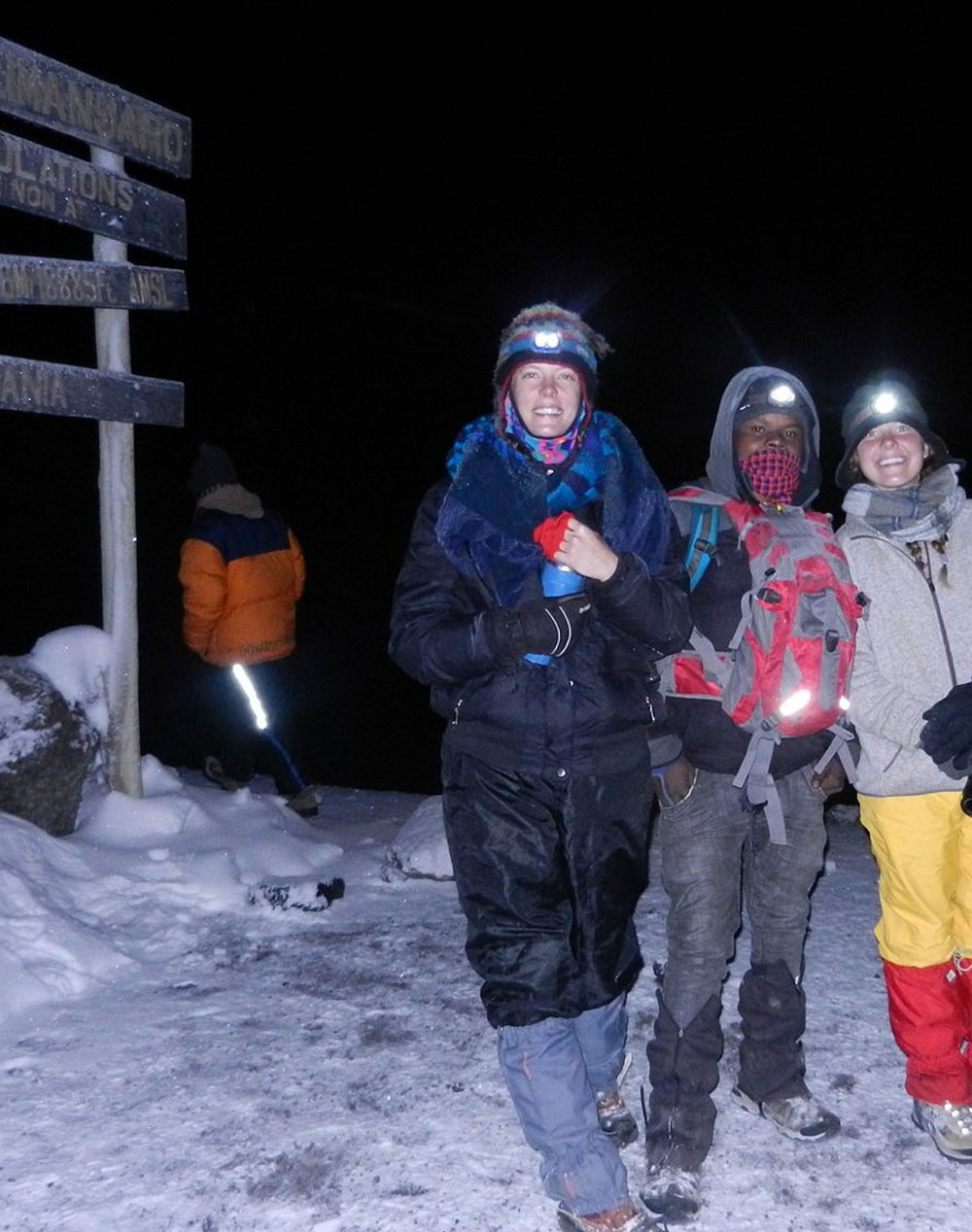
With its three volcanic peaks, Kilimanjaro is the highest Mountain in Africa rise to 19341 ft.

Mount Meru is one of the freestanding volcanoes, At 4566 meters it is Tanzania’s second highest mountain
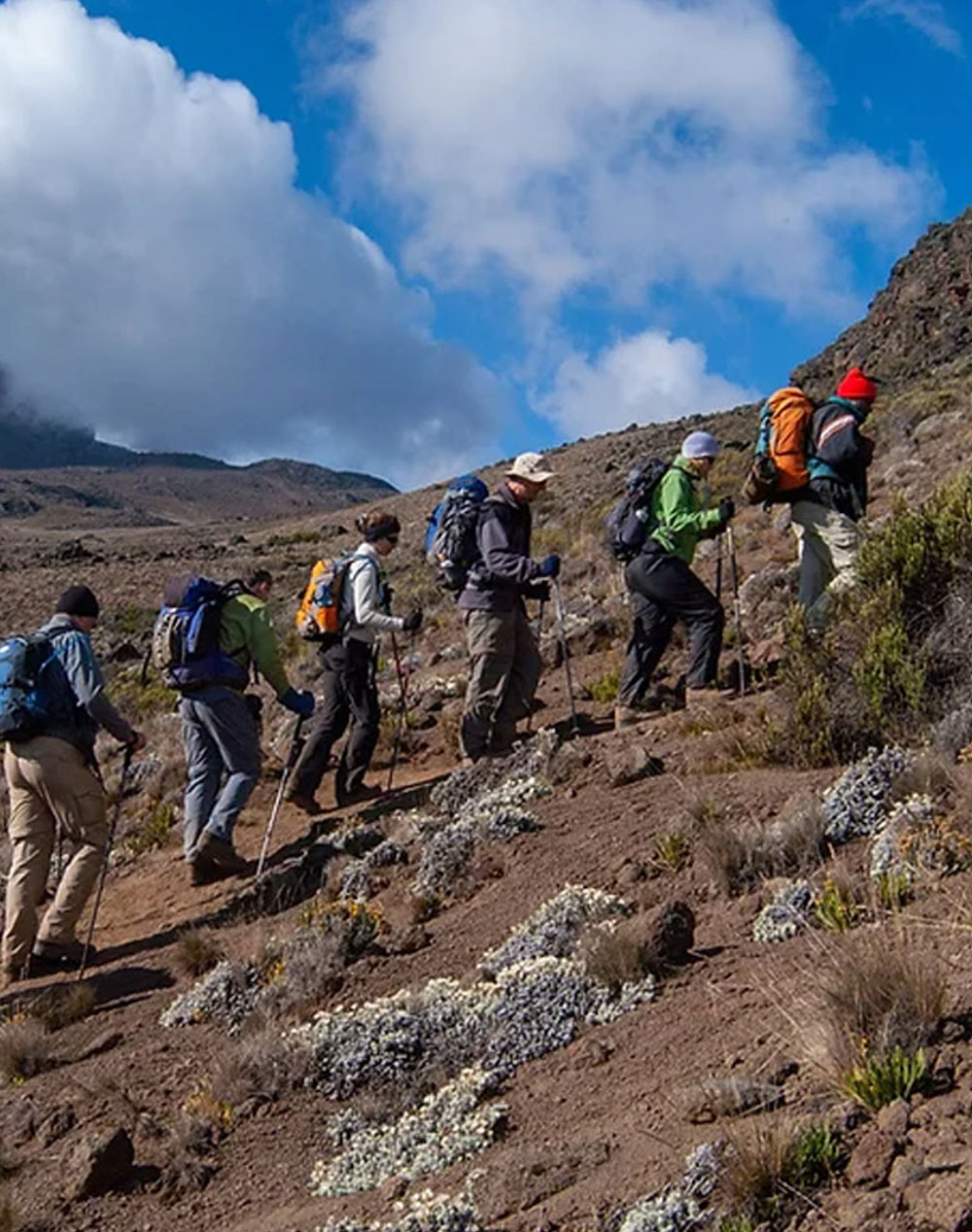
To the nomadic tribe of the Maasai, there is no other mountain that demands more respect

